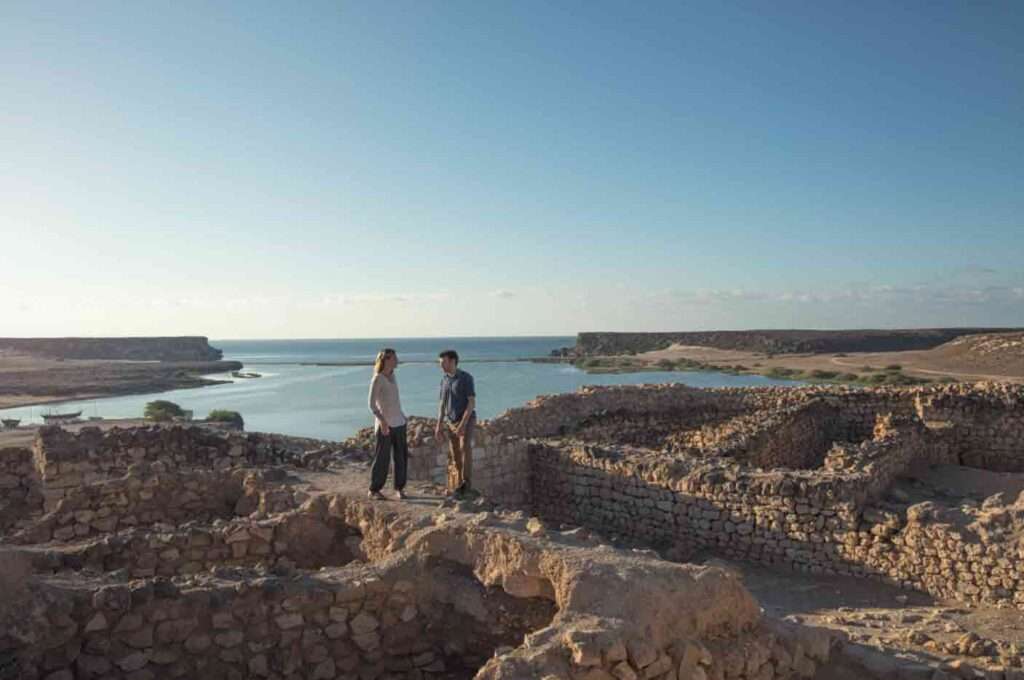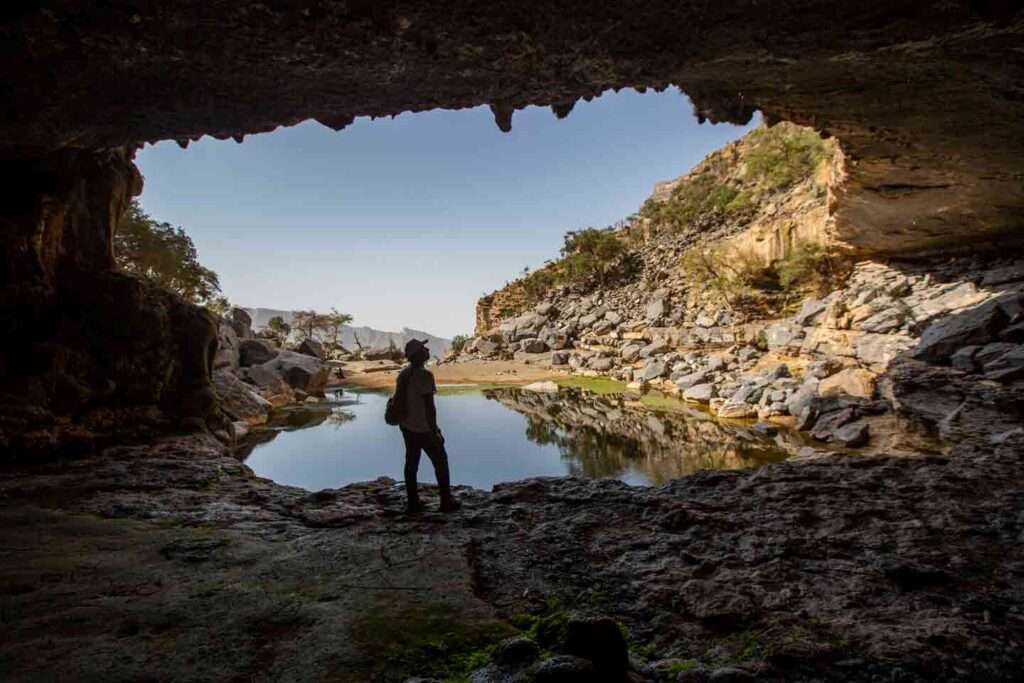12 days
A longer trip to Oman allows you to discover and experience more. In 12 days, you can enjoy experiencing many of the unique options that the Sultanate offers you, starting from boat trips to hiking in the mountain highlands, as well as getting to know the Omani culture and adding an unforgettable experience to your memories.
Culture
DAY 1 MUSCAT Oman’s capital has a lot to offer for those seeking to learn more about Omani
Adventure
DAY 1 MUSCAT Exploring the capital of Oman, Muscat, is the perfect starting point for any adventure in
Family
DAY 1 SALALAH Best visited during Khareef season, the Summer months of monsoon when the mountains take on
No results found.




